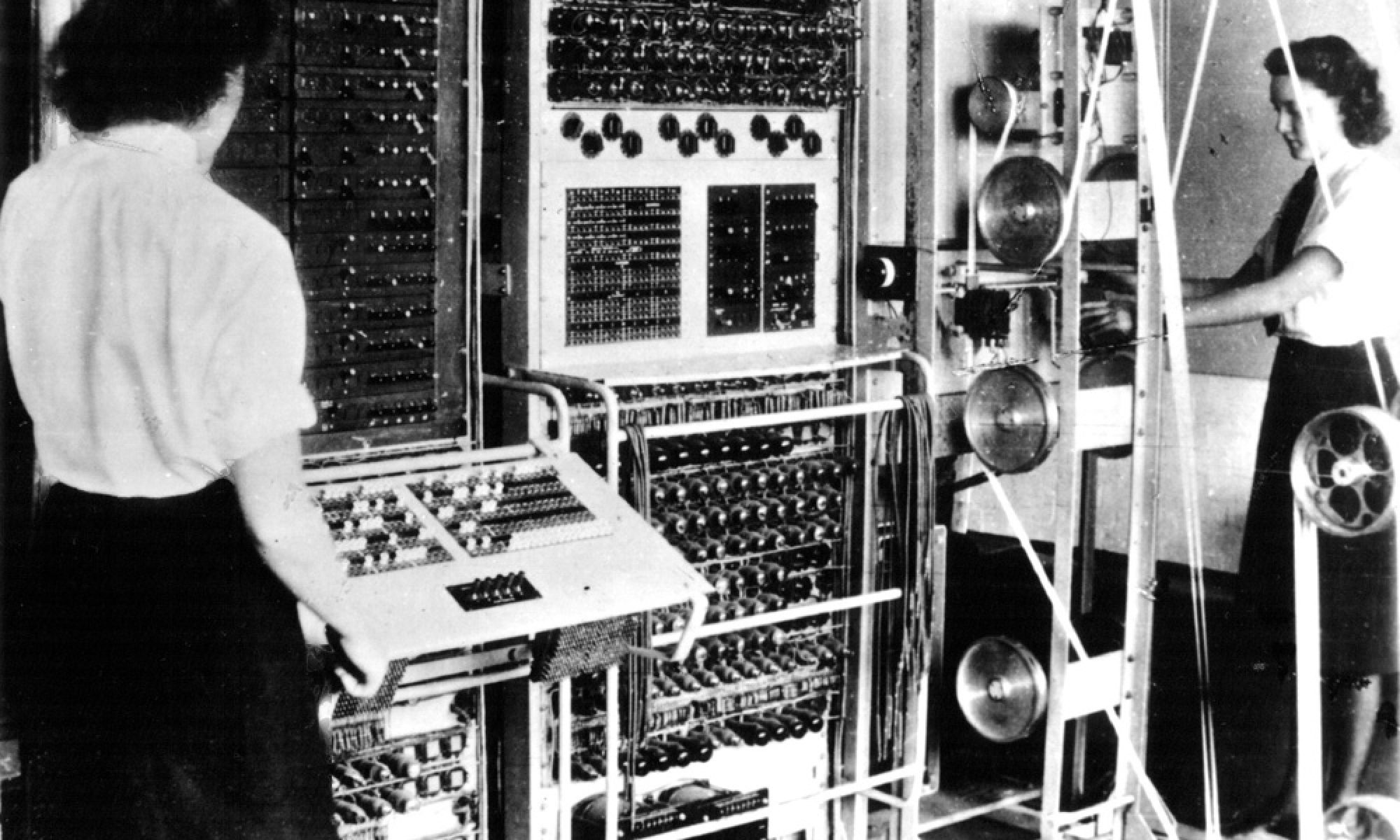From doing research thus far, we have discovered that from 1980 to 1999 there has been an increase in diversity at the University of Scranton. This project has provided us with historical information of the University that most students wouldn’t know. I find it interesting to learn about the background of the school I am attending.
As I work on the timeline, I skim the sources to get a feel of what they are about. I’ve realized that the University worked hard to be a more inclusive school for others by holding various events. They had numerous lectures about diversity that included guest speakers who spoke about their experiences and were eager to spread their knowledge to the community of Scranton. Conferences were also held to bring together local schools to discuss cultural diversity. Nowadays, the University is seen as a community that supports diversity and advocates for it. There has been progress from the past and this progress is still ongoing. Currently, there are different events held for students that provide knowledge of diversity and some events are even seen as fun yet informative. We are also looking at how diversity was expanded in terms of nationality. There was a significant increase in the number of international students attending the University during this time, and this played a major role in the expansion of diversity. As for sources, we have found our primary sources from the digital library provided by the University of Scranton. These sources provided us with information on how the University extensively worked towards boosting the efficiency of racial and ethnic diversity on campus.
Our group has made great progress on discovering how the University has increased its multicultural life on campus and has increased in international students attending. There is still plenty of work to get done before we can be completely content with our project!
